Live A Live - Switch Review
"A work of pure passion and love, and it more than shows.
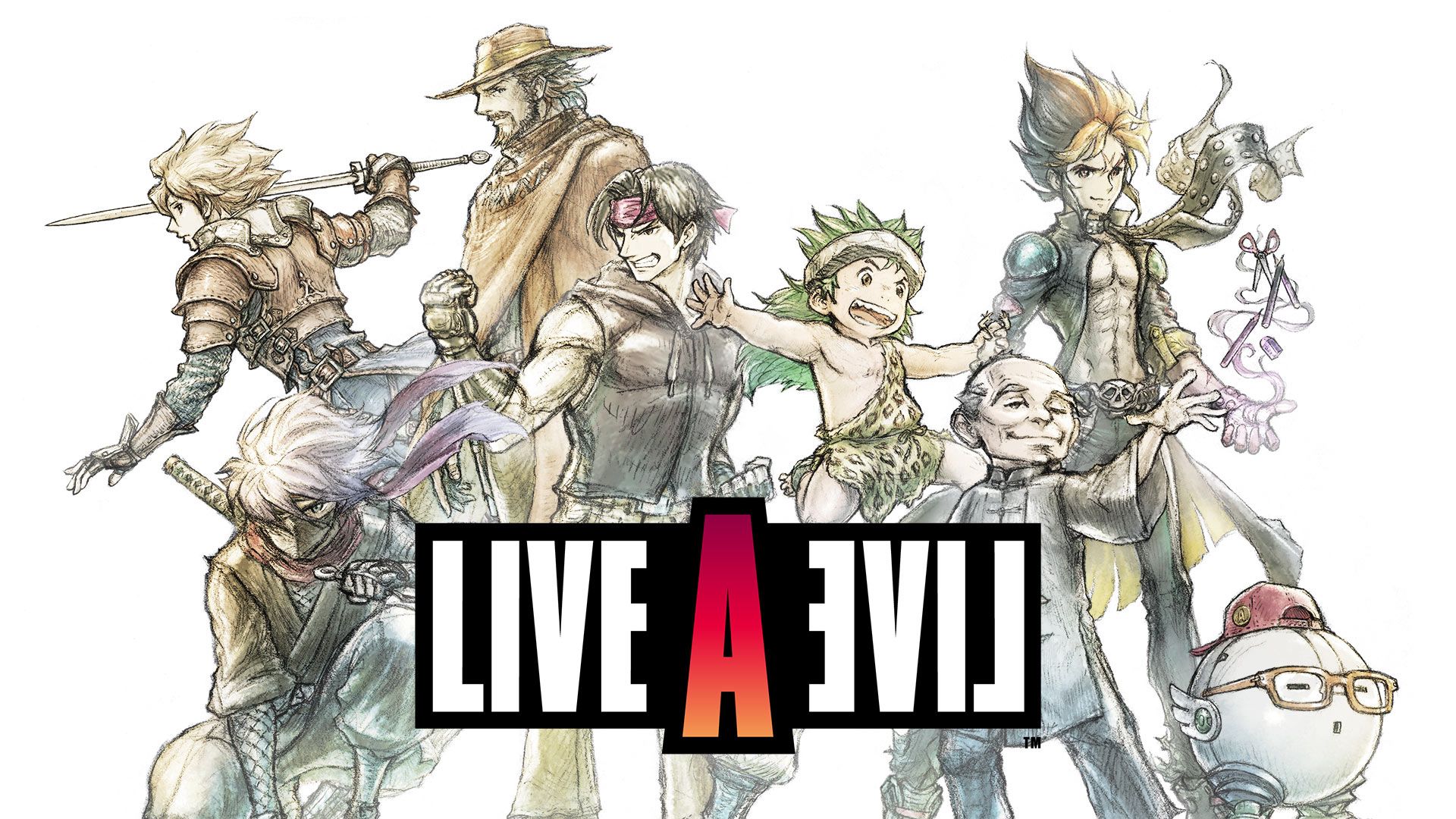
There are few things more heartbreaking than an amazing story that could not reach as many people as it should have. Such was the case with Live A Live, which was released in 1994 for the Super Famicom but never made its way outside of Japan during its time. Developed by Squaresoft long before its merge with its then-competitor Enix, Live A Live is an ambitious title developed early in the career of the legendary Takashi Tokita, of Final Fantasy and Dragon Quest fame.
Officially remade and re-released worldwide with a whole new look in 2022, Live A Live is finally available in an official capacity to players all over the world. It aims to tell not one, but multiple stories in a single game, much like the more recent Octopath Traveler, allowing the player to step into the shoes of many different characters throughout many different tales across time and space.
The Good: Well Lived Lives
The concept of a game that aims to tell seven different tales in one experience is ambitious because it promises everything that makes a story and a game good, seven times over. Live A Live not only delivers upon those expectations but blows them out of the water: the game is bursting with content.
The basic gameplay mechanic shared between each of the seven chapters is a combat system that happens on a rectangular square grid, in the way of a Tactical RPG such as Final Fantasy Tactics, but each chapter adds another gimmick, enhancement, character ability or way to play with the established mechanics. Most of them also give the player the opportunity to make use of many overworld gimmicks as they traverse the different settings of each chapter.
All but one chapter allows the player to take their characters on an overworld and make use of their own gimmicks and different gameplay mechanics to interact with the world around them and accomplish their goals. Becoming invisible to enemies, reading the minds of other characters and smelling wild game and hostile encounters before encountering them are just some of the ways that the game utilises to give each chapter a distinctive personality and feel, not just in the way of characters and story but gameplay-wise as well. It is possible in some scenarios to play the game in an almost entirely different way than in the first playthrough; Live A Live is simply bursting with replayability.
Speaking of distinctive personalities and feel, each chapter in Live A Live is an amazing story. Tales with a beginning, middle and end with their own cast of characters and settings, each with their own protagonist: The young caveman Pogo; the wise Earthen Heart Shifu and his three students in imperial China; the silent wandering cowboy Sundown Kid; the shinobi infiltrator Oboromaru in Edo Era Japan; the psychic delinquent Akira in the near-future Tokyo; the hot-blooded and ambitious fighter Masaru living in the present day; and lastly, the “newborn” robot Cube in the distant future, assembled among the stars in a spaceship.
Each of their stories is given the necessary time and development to be told despite each chapter’s overall length being quite short, and although some are more polished than others, the narrative of each chapter is always clearly told with care. Even the simpler plots are given their due time to shine, with most of them being heartfelt and emotionally resonant. And although each chapter is not directly connected to one another, as the player advances throughout the game, they will be able to see how they all come together in an ultimately incredible tale with a final hurrah that is equally heart-wrenching and incredibly satisfying. Live A Live is a love letter to storytelling and the many classic genres of fiction that captured so many people over centuries.
As a remake of a game made in 1994, Live A Live on Nintendo Switch modernises the classic wonderfully. Being the furthest possible thing from a lazy reskin, this remake has completely tuned up the original game in every aspect and with added quality of life improvements. The pixel art graphics use the beautiful HD-2D design that Square Enix have been using a lot of recently and it gives the game and its scenarios so much life. The soundtrack, originally composed by Yoko Shimomura, is of extremely high quality and Shimomura herself returned to orchestrate and arrange the soundtracks here for each individual chapter. A particular track even received a fully voiced lyrical version by none other than Hironobu Kageyama, singer of the original theme Cha-La Head Cha-La, from Dragon Ball Z! And of course, the game is fully voice-acted, with particular detail given to mannerisms and accents.
TL;DR
- Extremely rich in content and chapter replayability
- Each chapter gives its own spin on the gameplay
- Wonderful, varied storytelling across multiple genres
- Amazing characters and arcs
- Passionate, high-quality modernisation of old aspects
- Incredible soundtrack
- Beautiful graphics
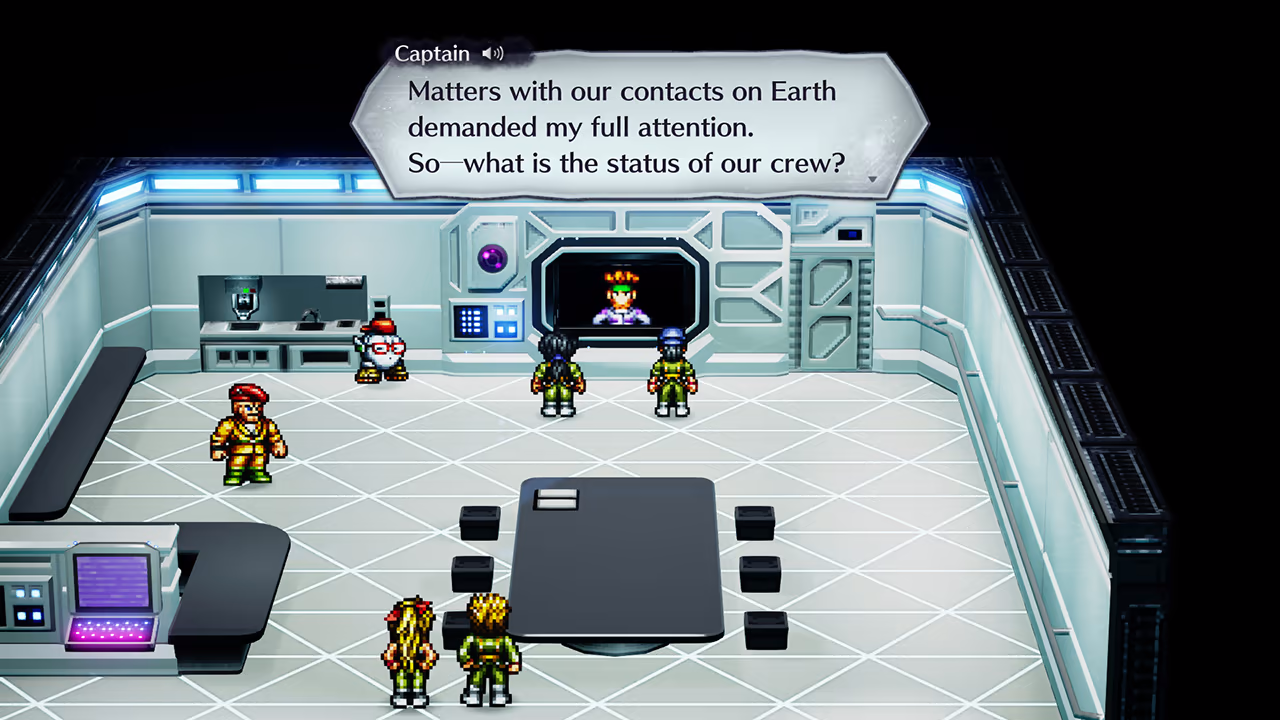
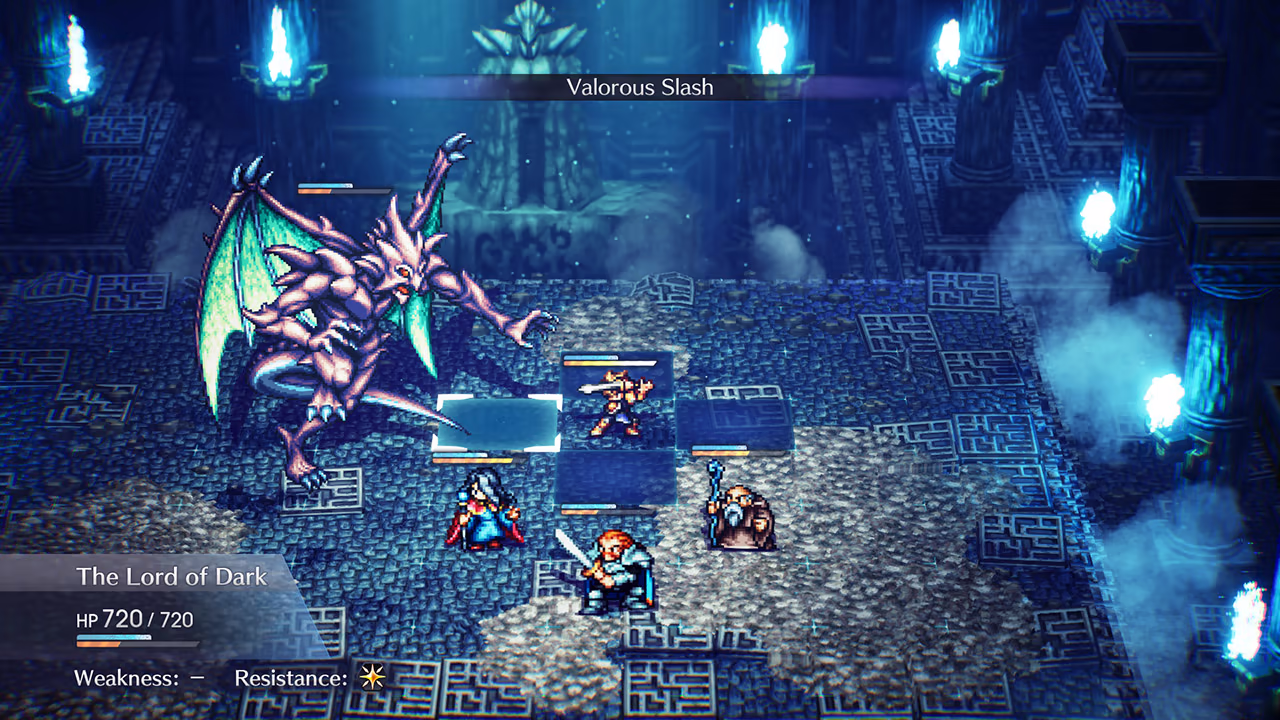
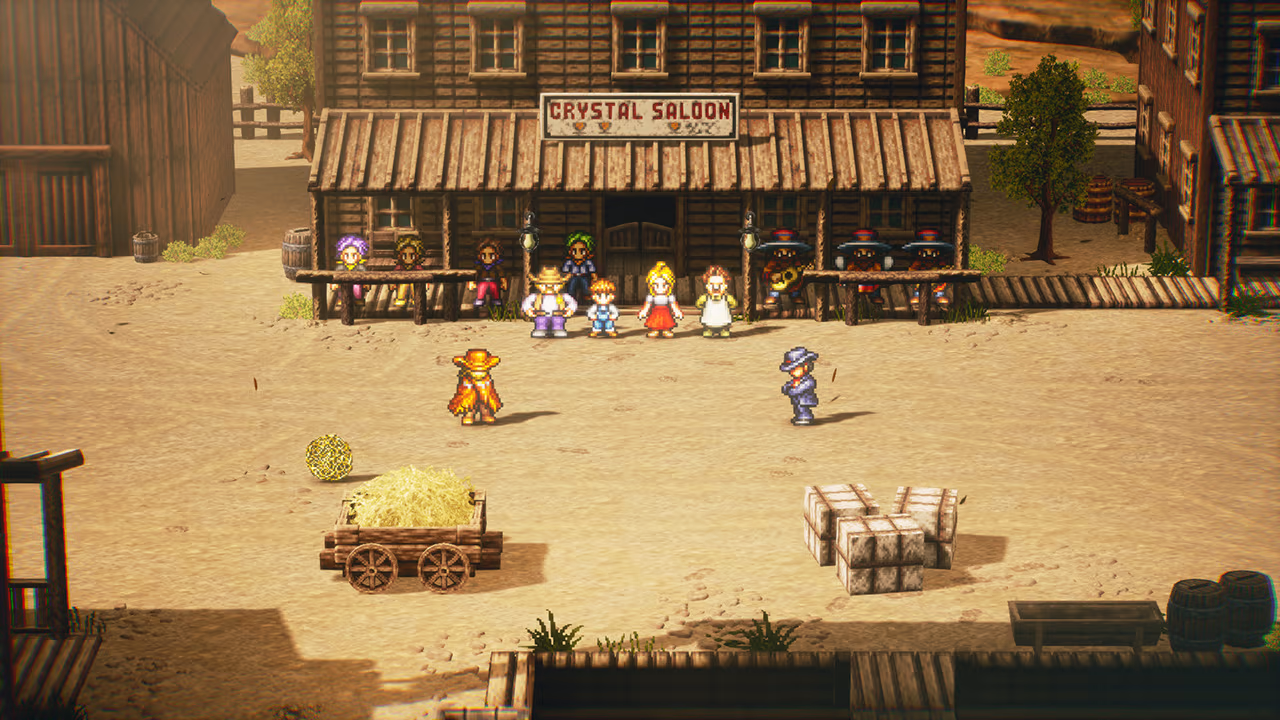
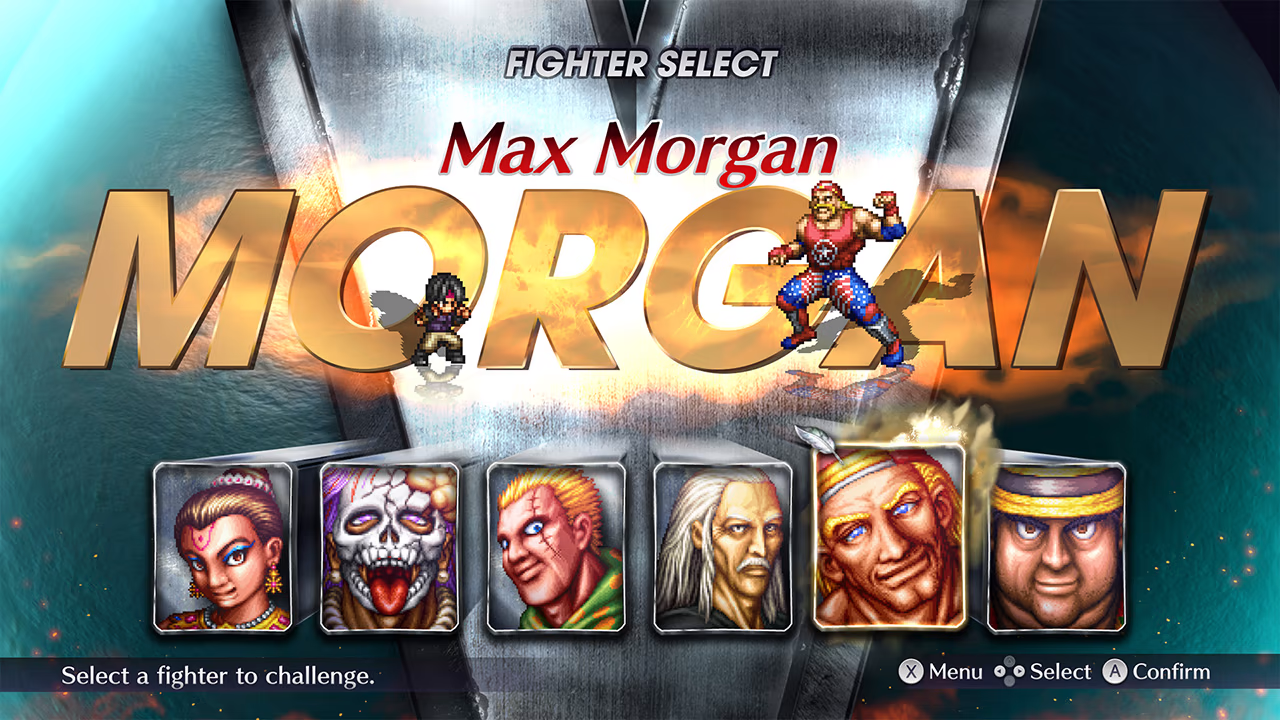
The Bad: Clear Favouritism
Live A Live is a wonderful, high-quality product, but some aspects were clearly given more care than others. Although every chapter maintains a high level of quality in its essential aspect, not all of them are given an equal share of care. Some chapters give the players almost total freedom to explore, play with different game mechanics and immerse themselves in the world and its possibilities, whereas other chapters follow a much more linear and stiff path without a lot of wriggle room for the player to choose how they would like to best approach the situation, and sometimes even elements such as the story pacing suffer for it. Although at no point does this make for a bad or ruined chapter, it is a shame to think what some of the less-fortunate chapters could have been if they aimed to give the player as much wriggle room as some of the others. It is always clear which chapter will be the most fun to return to in subsequent playthroughs, and which offer the most depth in terms of gameplay and story.
On the matter of difficulty, Live A Live isn’t much to write home about - until the last few hours, that is. The game is at no point so easy as to be boring, and always has something to keep the player focused, but the encounters rarely provide a real challenge until the last few hours of the game when combat suddenly starts to require more careful planning. Not quite a difficulty spike, but a steep slope that could have been eased on earlier for a more enjoyable experience. As it is, it is perfectly viable to play through most of the game without engaging with its combat mechanics on a deeper level; rather than attempting to interrupt attacks and position your character out of harm’s way, it is always easier to simply get within hitting range and wail on the enemies.
TL;DR
- Depth inequality among chapters
- Simpler chapters suffer from their short duration
- Just a little too easy for most of its runtime

Final Score: 9/10
Wonderful. That is the only word I can possibly use. Live A Live is wonderful. Not only does it deliver on its ambitious promise, it does so with a terrific mix of style, fun, variety and so many different ways to experience so many different stories. I fell in love with this game, and not only consider it to be one of the best games I have played in the past few years, I firmly consider it one of the greatest JRPGs of all time alongside the likes of Chrono Trigger, and I for one am extremely happy to have experienced it. For anyone who is a fan of RPGs or storytelling, I cannot recommend this game enough. It is unique, ambitious and just plain fun. Live A Live’s revival for the Nintendo Switch is clearly a work of pure passion and love, and it more than shows.
Thank you for checking out our Live A Live Switch review, thank you to Nintendo AU/NZ for providing the review code and thank you to our Patreon Backers for their ongoing support:
- Andrew Caluzzi (Inca Studios / Camped Out)
- Bel Cubitt
- NintenVania Podcast
- Rachelle Suri-Tucker